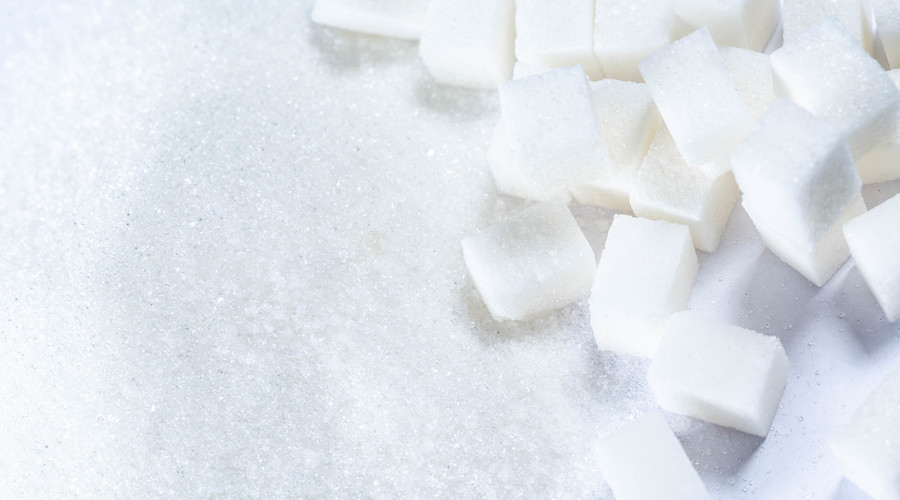
In the document, the experts also explain that they decided to look into a family of materials different from the commonly used amines to overcome some of their limitations.
As organic, ammonia-derived compounds that contain nitrogen, amines are able to selectively remove carbon dioxide from gas mixtures in aqueous solutions. However, oxygen degrades them every time they’re cycled, which means that more and more of the material would need to be produced, thus driving up the cost.
The new materials, on the other hand, contain hydroxide salts in their pores. Typically, solutions of hydroxide salts reversibly react with carbon dioxide and form bicarbonate salts, such as baking soda, trapping the carbon dioxide. But in order to regenerate the hydroxide salt, the material needs to be heated up to 500 to 800 degrees Celsius—no easy feat, and not a cheap one, either.
However, the lead author of the study, Mary Zick, found that by incorporating bundles of sugar molecules called cyclodextrins as a starter and boiling them with alkali metal salts in water, she could create a sponge-like material that is riddled with cavities in which carbon dioxide binds strongly, but in which other gases such as nitrogen pass easily through.
“What’s nice about this work is that Mary not only found a material that’s useful for carbon-dioxide capture from coal flue gas, but she outlined the structure-property relationships that will allow us to design materials for other applications, like capturing CO2 from natural gas-fired power plants, as well as maybe even from air, which is one of the really big challenges of our time,” study co-author Phillip Milner said in a media statement.
In Milner’s view, the findings in this study are relevant because coal emissions are still the No. 1 anthropogenic contributor to carbon-dioxide emissions in the world.




